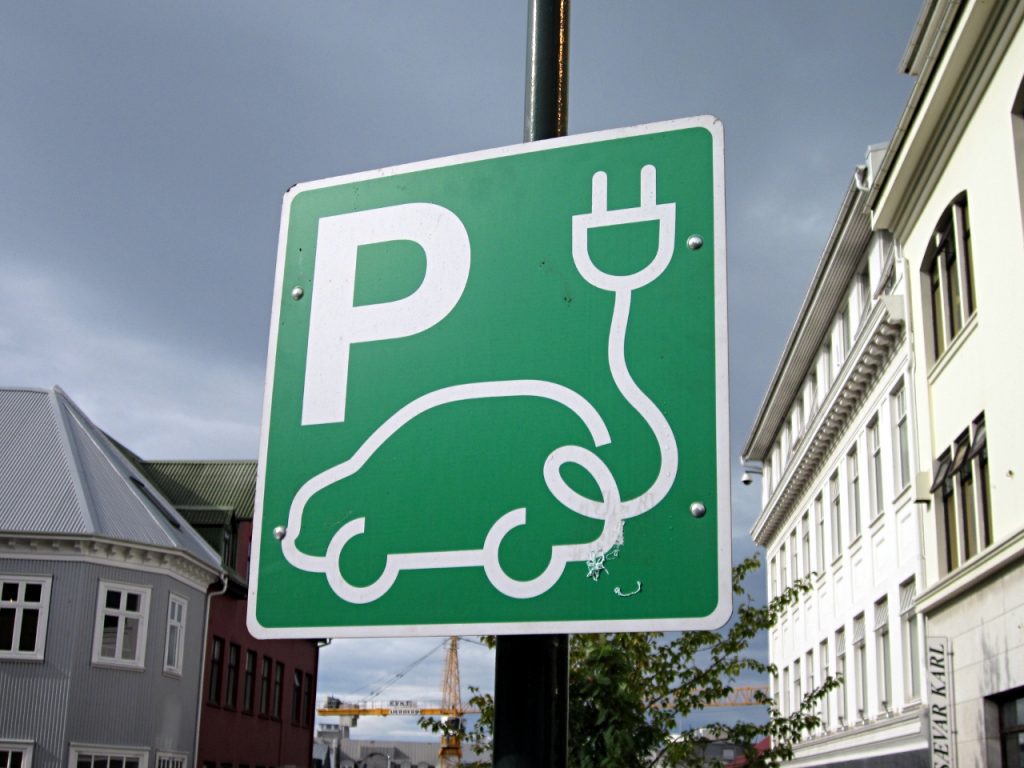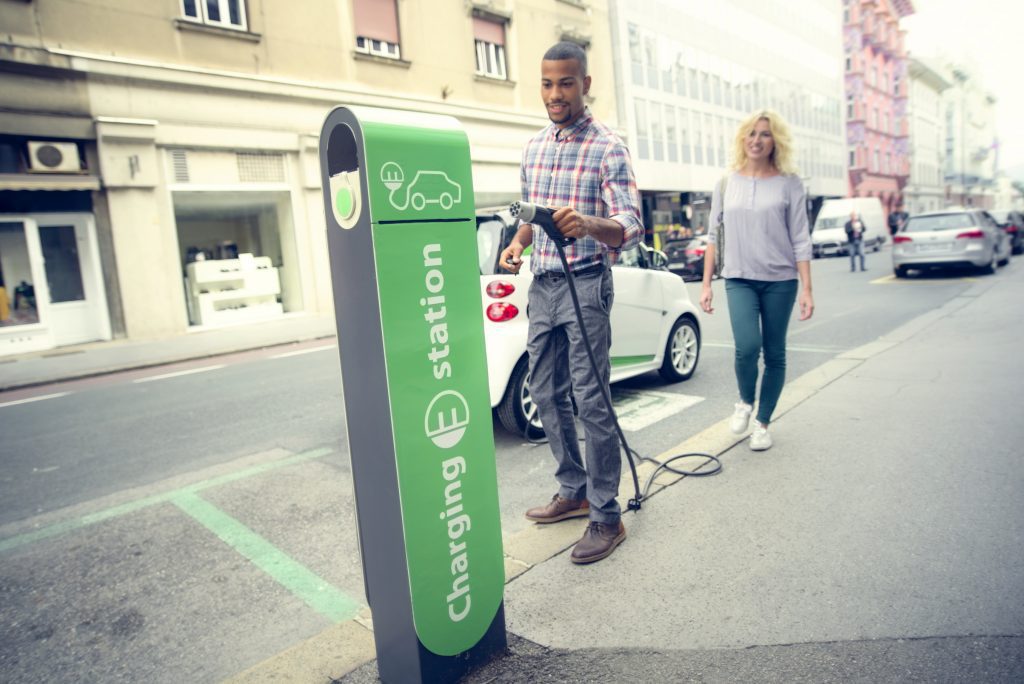This post was jointly written with Cara Clairman, President and CEO of Plug n’ Drive, a non-profit organization committed to accelerating the adoption of electric vehicles to maximize their environmental and economic benefits.
Ontario’s five-year Climate Change Action Plan, released last year, contains over 80 actions that the province will pursue as it fights climate change. Among the actions listed is a rebate program offering incentives of up to $14,000 towards the purchase of an electric car. Putting dollars into electric cars makes a lot of sense.
Transportation is the largest source of carbon pollution in Ontario, and personal vehicles are the largest contributor to those emissions. The surest way to reduce emissions from personal transportation is to electrify the vehicle fleet – which will bring big climate benefits in Ontario because the province’s electricity sector is almost completely decarbonized, thanks to the coal phase-out.
And one of the most effective ways to get people into electric cars is by offering incentives.
Forecasts for Electric Vehicle (EV) sales are being adjusted up dramatically as automakers work feverishly to roll out affordable electric cars with longer ranges, intended to compete with the Chevy Bolt – the car of the year – and Tesla’s much anticipated Model 3. But, many of these cars are still a few years away, as is some of the infrastructure needed to support a mass move from internal combustion engines to electric vehicles.
But there are still very good reasons to propel EV sales forward now. You have to begin somewhere to build momentum, which is what’s happening in Norway. Today, less than 5% of cars in Norway are electric, but the country’s transport minister said it is realistic for Norway to end the sales of fossil fuel powered cars by 2025. According to the Economist Magazine, fiscal incentives, not an outright ban, will bring this about. Knowing that, Ontarians should be happy to learn that this province offers the most generous incentives of any jurisdiction in North America.
There are other reasons for Ontario to support electric cars. For one, unlike oil and gas, low carbon electricity is made here in Ontario and spending on electricity comes back to Ontario in the form of local infrastructure and local jobs. Plus, Ontario has a surplus of electricity at night right now, which we sometimes export at a loss. It would make more sense to use that low-carbon power here – to benefit the environment and our own economy, which is why Ontario’s Climate Action Plan also plans to offer free overnight charging for electric cars.
The move to electric vehicles will also bring health benefits, just as the coal phase-out did. A recent report from the American Lung Association of California found that cars are responsible for $37 billion in health and climate costs each year. Moving to electric cars, the study found, would make a huge dent in that.
One of the criticisms of Ontario’s EV incentive program is that luxury vehicles that few can afford receive subsidies up to the $14,000 maximum. Given that the program’s aim is to increase the number of EVs on the road, it makes sense to offer incentives for cars of various price ranges. And when measured in percentage terms, the incentive program is progressive relative to car price. The province offers almost 50% for the least expensive EV, almost 40% for fairly affordable ones like the Nissan Leaf, and about 15% or less for luxury vehicles. And there are some very high priced cars that get no incentive.
It’s also worth noting that Ontario’s subsidies are now being paid for from revenue from the cap-and-trade program – not from taxes – which also makes a lot of sense. Carbon pricing alone isn’t enough to fight climate change. And while there are those who argue that carbon pricing should be revenue neutral, the reality is that the most effective way to reduce emissions is to recycle the revenue back into reducing GHGs.
Subsides for electric cars won’t be needed forever. Electric cars prices are coming down, and EVs will win the future, which is why forecasts for EV sales are being boosted. Bloomberg estimates that EVs will cost the same as fossil-fueled cars by 2022. But subsidies are needed for now.
And if you want to dispute subsidies, we suggest taking issue with the subsidies given out to oil and gas companies, which are much larger than those for electric cars, and which folks at Bloomberg have called “the world’s dumbest policy.” Subsides to oil and gas work against carbon pricing. EV subsidies, on the other hand, will act as a complement to carbon pricing and, as such, they belong in Ontario’s Climate Change Action Plan.











